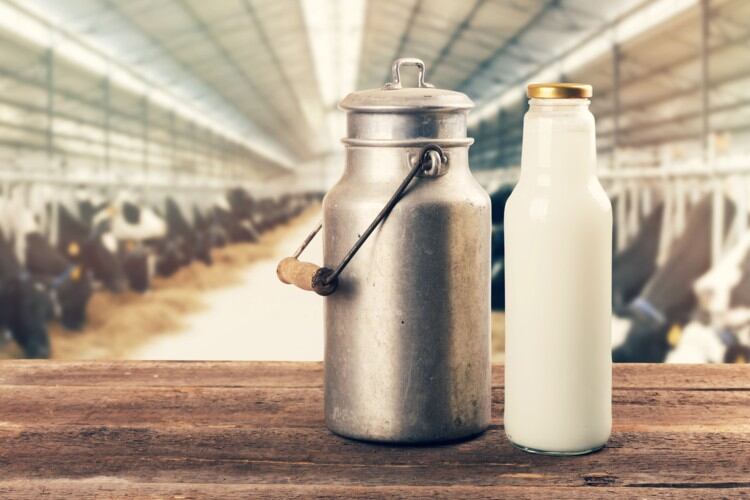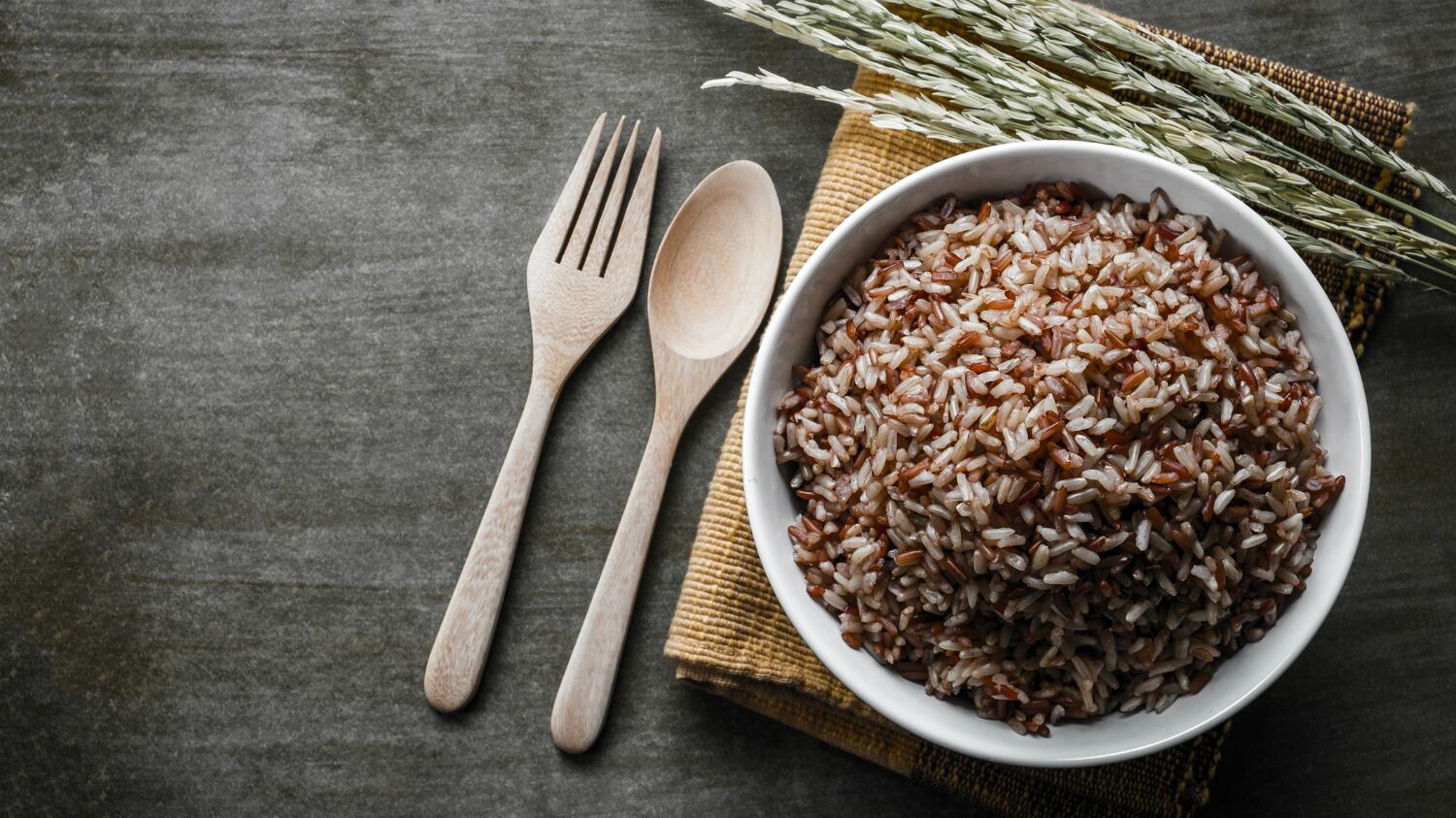FSSAI has been implementing a nationwide fortification scheme since 2016, where folic acid, iron and vitamin B12 are added to rice and wheat flour, vitamins A and D are added to milk and iodine and iron are added to salt.
Much of this is delivered through government or state-run distribution schemes, but FSSAI has also made a concerted effort to encourage food firms to fortify their products for the open market.
So far, 21% of the organised milk sector adheres to the fortification standards, while 47% of the edible oil industry does the same.
And while these numbers have grown in recent months, the regulator is keen for industry to more.
When asked by NutraIngredients-Asia following her presentation at the FI and HI India Pre-Connect Conference in Delhi how food firms could do more, the deputy lead of the fortification programme at FSSAI Rohini Saran said: “With fortification the challenge we often face is a chicken and egg situation. The businesses say that there isn’t enough demand and the people say there isn’t enough supply.
“This is a battle we are facing, so we are asking businesses to proactively start their own marketing campaigns.”
Additional vitamins and minerals?
While she praised the companies that had been early-adopters of fortification, Saran said there had not yet been sufficient consumer communication about its benefits coming from brands.
“We have had companies that came on board as soon as the standards were issued, but I personally haven’t seen ad campaigns from them,” she said.
“I believe fortification is a great USP for the businesses and a great market. If marketing teams could get specific budgets to popularise these products, then people will recognise them more. Government is doing a lot, but industry needs to invest in marketing too.”
In response to another question from National Healthcare and Food spokesman Sandeep Gupta, Saran also said the regulator was open to assessing the fortification of products with additional minerals, after her urged FSSAI to consider the benefits of magnesium and vitamin K7.
We recently reported that FSSAI has updated its dosage guidance for fortified products. By January 1 2019, all products must provide 30% to 50% of each individual's daily requirements.
The range allows for an additional 10% of micronutrients above the dosage recommended by the panel, though the figure is 20% for vitamins A and D.
Saran added: “Fortification is a cost-effective way to tackle malnutritional and micro nutrient deficiencies, which remains a big problem in India, with the majority of vulnerable sectors still suffering.”



